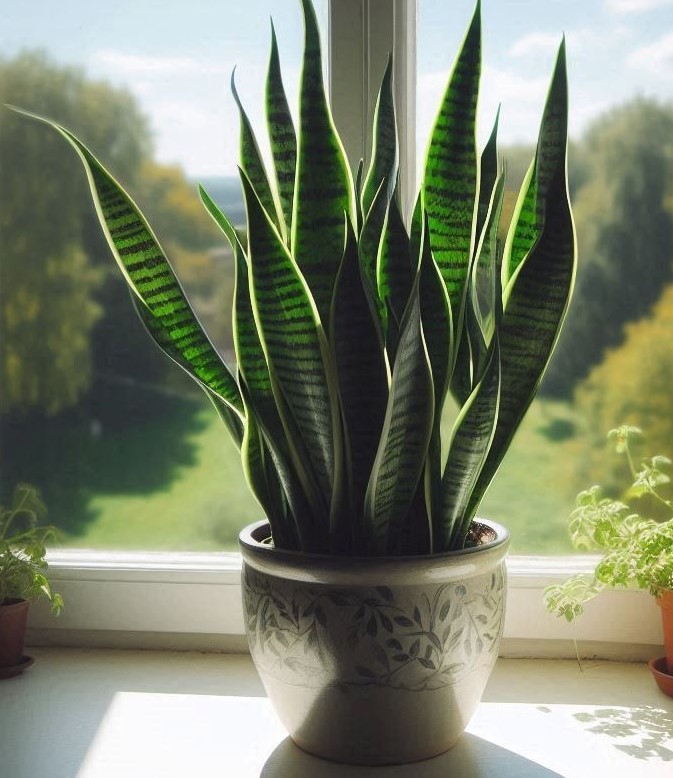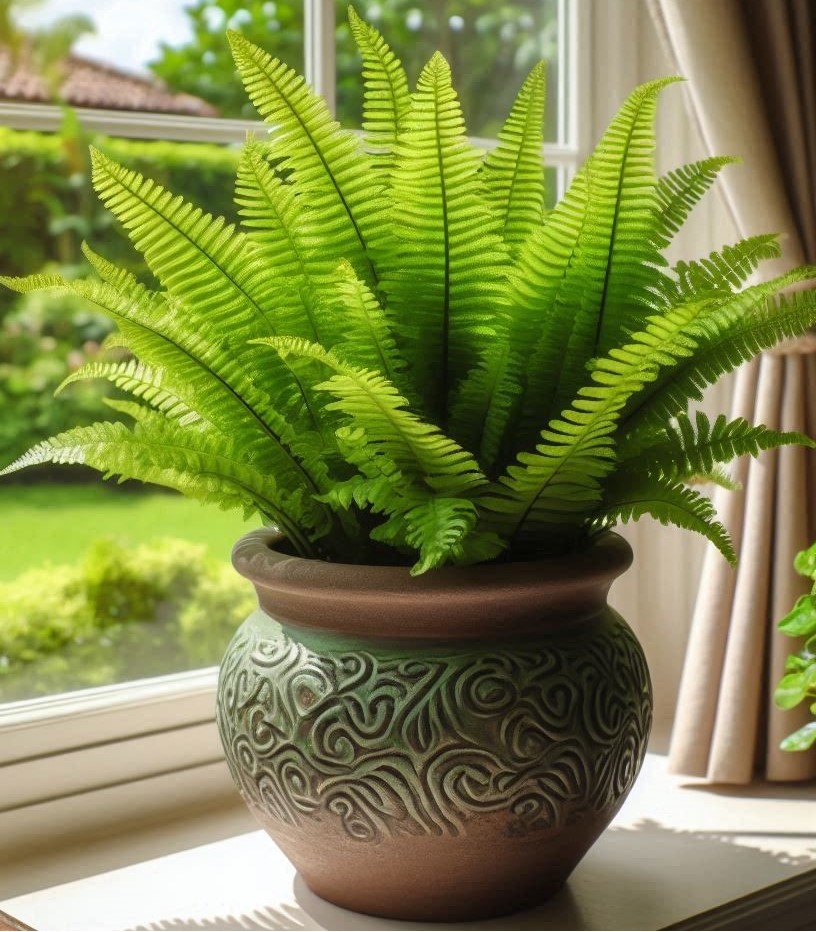
Understanding low light conditions is crucial for picking indoor plants that won’t just survive but thrive. Low light essentially means no direct sunlight, which can often be more common inside homes than you might think. Whether it’s a north-facing room or a space shaded by trees or buildings, plenty of greenery can still flourish.
Pothos, often hailed as one of the easiest low-light plants to grow, is a top pick for areas with limited natural daylight. Its trailing vine appearance is perfect for hanging baskets or atop shelves where its bright leaves can spill over beautifully. And what’s great about pothos is it’s pretty forgiving, making it ideal for those who occasionally forget to water.
Snake Plant, also known as mother-in-law’s tongue, is another hardy option. This plant can handle low light like a champ and only needs watering every couple of weeks. Its sleek, upright leaves offer a touch of modern elegance, fitting seamlessly into any decor style.
Then there’s the ZZ Plant, which seems to thrive on neglect. It’s well suited for dim spaces, and it’s touted for its ability to handle drought conditions, thanks to its tuber-like roots. The leaves are glossy and robust, providing a sense of lush greenery.
For something a little different, the Cast Iron Plant stands out. It’s known as a hardy, low maintenance plant that’s perfect for low-light areas. Its dark green leaves lend a classic, understated look ideal for a sophisticated touch.
Finally, the Chinese Evergreen offers a pop of color with its variegated leaves. It’s slow-growing and can adapt to low light or fluorescent lighting like in offices. This plant is versatile and brings a gentle, soothing vibe anywhere it goes.
Each of these plants brings something unique to the table. When choosing, consider the room’s light source and how much time you can dedicate to care. With just a bit of love and attention, these low-light plants can turn even the darkest corners of your home into a green oasis.
Best Low Light Plants for Bedrooms and Apartments

Creating a relaxing living space with low light plants isn’t just about aesthetics. It’s also about boosting air quality and creating a calming environment. Bedrooms, often less bright than other parts of the home, can benefit from having plants that thrive on limited light exposure.
Peace Lilies are fantastic for bedrooms. They not only look elegant with their delicate white blooms but also help purify the air by removing toxins. They grow well in shaded spots and even handle indirect light from a lampshade nicely. Just keep their soil moist and mist them occasionally to keep them happy and healthy.
Philodendrons, available in many varieties, fit seamlessly into any bedroom. They prefer only medium to low light and are generally easygoing. Their vibrant foliage adds a touch of green without overwhelming the space. You can place them in a decorative pot on your nightstand or let them climb a small trellis, adding a natural look.
Spider Plants are an excellent choice for low-light bedrooms. They’re virtually maintenance free and well-known for their ability to filter common pollutants out of the air. Place them on a higher shelf or in a hanging basket to let their arching leaves add a fun flair.
When selecting plants for such spaces, consider their placement. Avoid direct sunlight exposure to prevent leaf burn while ensuring enough indirect light for growth. Regularly rotating the plants helps them grow evenly and keeps them reaching for the light source. A mix of these plants will not only make your bedroom feel more welcoming but also support healthier air circulation.
Effortless Indoor Plants: Easy Maintenance Tips

Houseplants can be pretty simple to care for, even if you’re not a seasoned gardener. Some plants seem practically designed for those who aren’t always on top of their watering schedule or unsure about lighting conditions. Let’s explore a couple of these fuss free options and some handy tips for keeping them looking their best.
Peace Lilies, already a favorite for bedrooms, continue to top the list for ease of care. They communicate their needs clearly by wilting slightly when thirsty, giving you a prompt for watering. A little maintenance goes a long way, like wiping the leaves occasionally to ensure they can continue to remove air toxins efficiently.
Pothos as another worry-free plant proves its resilience over and over again. Whether left in hanging baskets or grown along a window ledge, pothos tolerates a variety of lighting and can survive periods of neglect. Keep them hearty by trimming any yellowing leaves and pot them in well-draining soil to prevent root rot.
It’s common to over water plants, assuming more water means more growth, which isn’t the case. Plants like the snake plant and ZZ plant need their soil to dry out completely between waterings to thrive. Stick your finger into the soil up to the first knuckle to check moisture before adding more water.
Pay attention to dust build-up on leaves, as this can reduce their ability to photosynthesize effectively. A gentle wipe with a damp cloth works wonders to keep them clean and healthy. Also, using a balanced fertilizer every couple of months during their growing season can encourage healthier growth and vibrant leaves.
By picking these low-maintenance plants, you’ll find that keeping indoor plants doesn’t have to be a hassle. They offer not only lush beauty but also contribute to a calming and cleaner home environment, making them a worthwhile addition to any room.
Choosing the Perfect Low Light Plant for Your Space

Selecting the right plant for your home doesn’t have to be daunting. It starts with truly understanding your living conditions and finding a plant that matches. Begin by assessing the amount of natural light each room gets throughout the day. Remember, general low light doesn’t mean no light at all, so having even a little natural light helps.
Spider Plants serve as a great introduction to the world of indoor gardening, adaptable across an array of conditions. They thrive in varying light scenarios, making them perfect for places where natural light is limited but still present. If you’ve got a room with a little bit of morning sun or a spot near a window with muted light, a spider plant might be just what you need.
Think of plant placement as a strategic part of your interior design. Several varieties of ferns work well in a low-light corner. These include Autumn ferns, Maidenhair ferns, and Button ferns. This kind of visual balance means you don’t need bright sunlight to achieve a vibrant aesthetic.
It’s also worth noting the non-intrusive maintenance needed for these plants. Look into using self-watering pots or pairing your plants with companions like a ZZ plant to fill out spaces. Especially within low light settings, choosing vessels that match your interior style yet support plant health is ideal.
Ultimately, choosing plants that require little light doesn’t just enhance your interiors; they cater to your lifestyle with minimal upkeep. They make it possible for every part of your home to feel connected with nature without the stress of constant upkeep. So, whether you’re filling bedrooms, hallways, or living rooms, there’s a perfect low light plant ready to make its home with you.

Leave a Comment